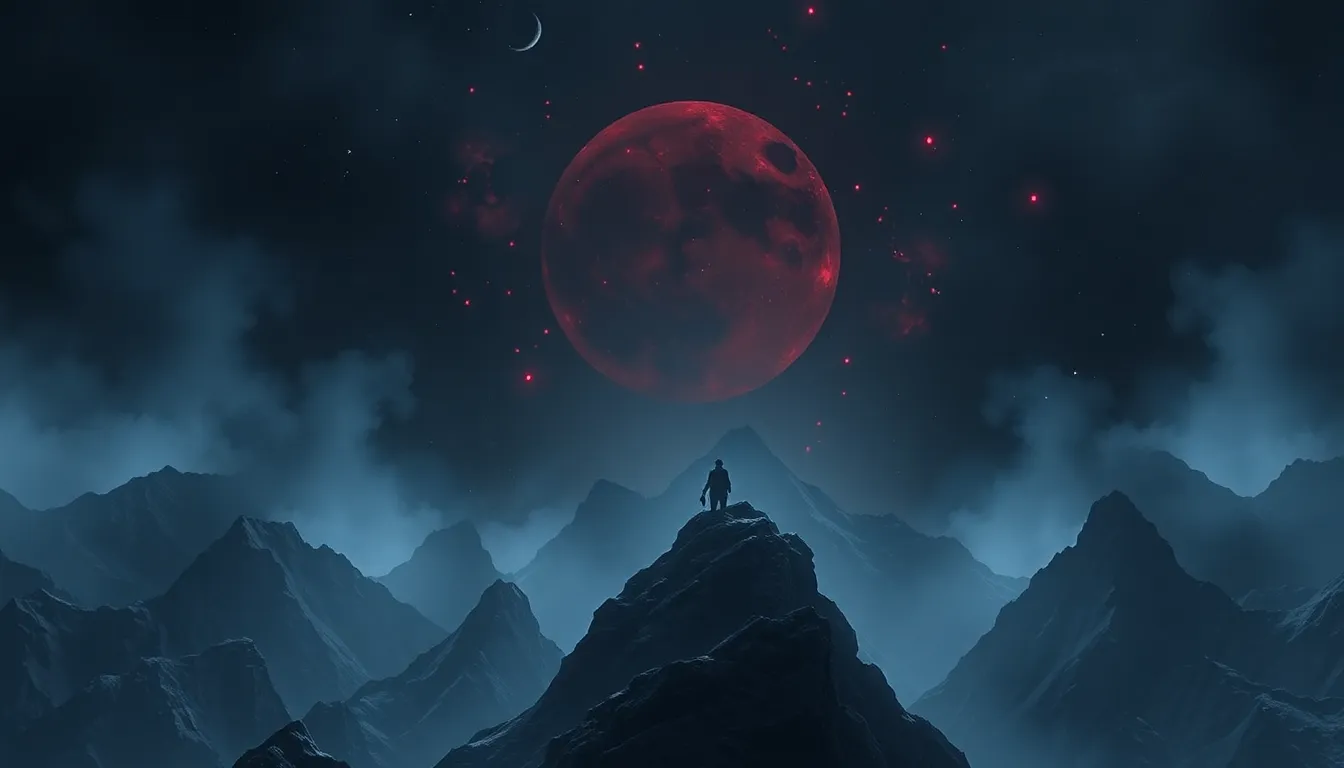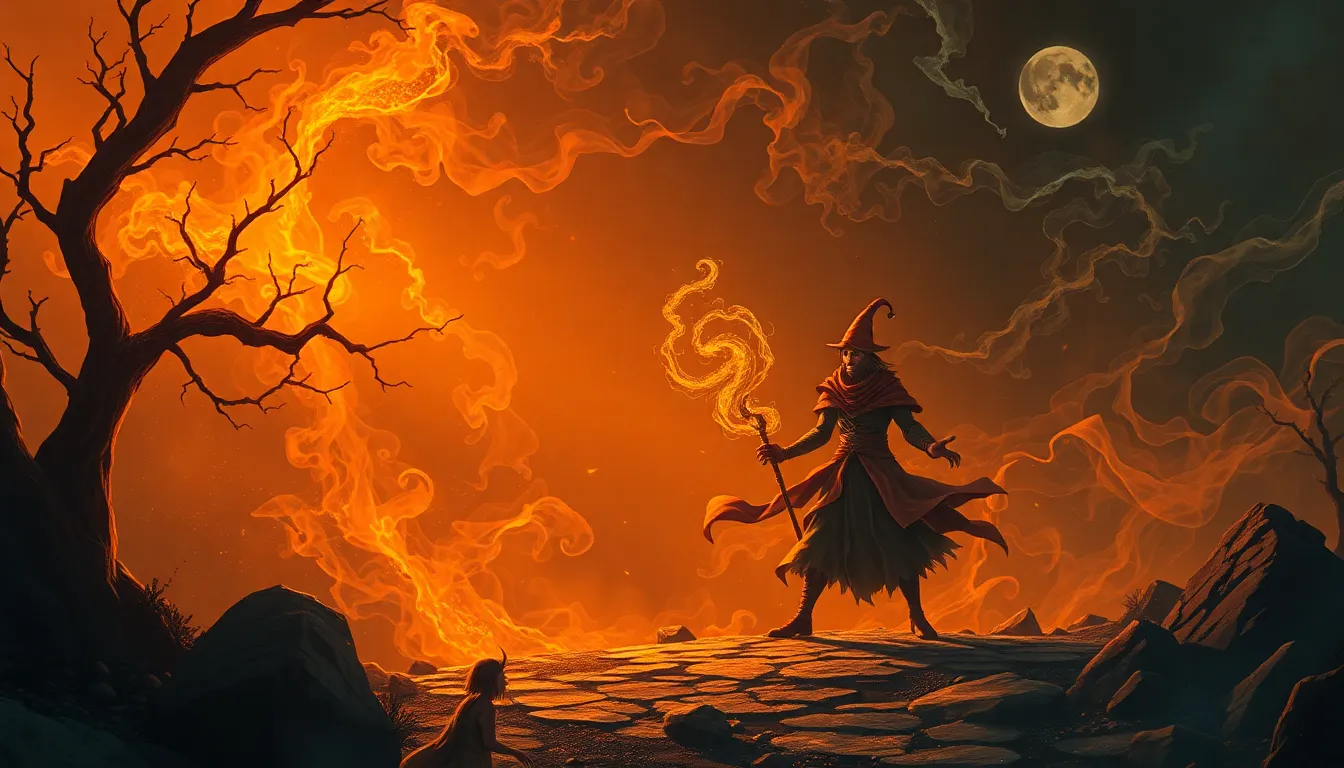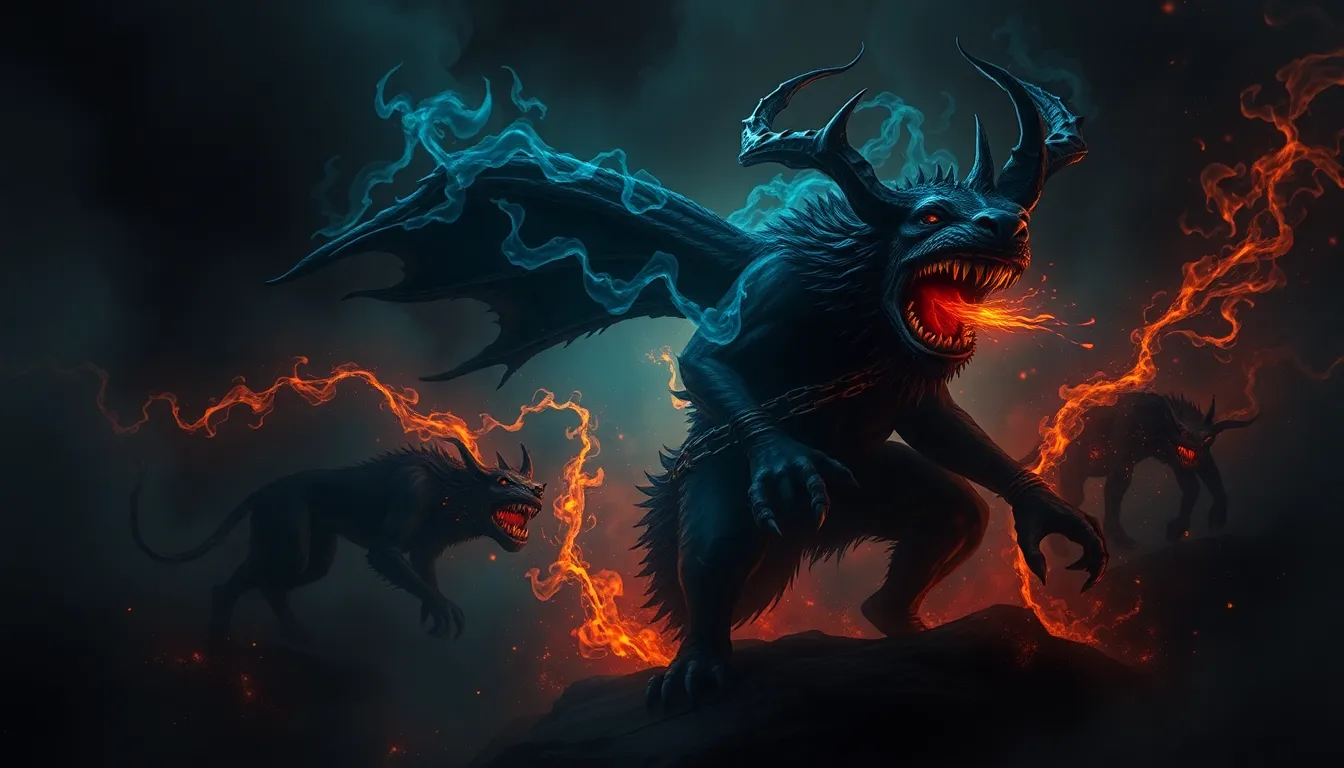The Summit of Shadows: Legends of Darkness in the Mountains
Introduction: The Allure of the Mountains
The mountains have always held a special place in the human psyche. Towering above the landscape, they evoke feelings of awe, fear, and mystery. Their rugged terrain and sheer cliffs can be both daunting and enchanting, inviting adventurers while warning them of the dangers that lie within their shadows. Throughout history, mountains have been the backdrop for countless legends and folklore, stories steeped in darkness and the supernatural. These tales often reflect the culture and beliefs of the people who inhabit the regions surrounding these majestic peaks.
The Origins of Mountain Mythology
Mountains have served as sacred spaces in many cultures around the world. Different groups have attributed various meanings to these natural giants, often viewing them as the abode of gods, spirits, or supernatural creatures. The geographical features of a region heavily influence its mythology, with local flora, fauna, and climate shaping the legends that emerge.
- Indigenous Cultures: Many indigenous peoples regard mountains as sacred entities. For example, in Native American traditions, peaks often symbolize spiritual journeys and are tied to creation myths.
- Asian Mythologies: In places like India and Tibet, mountains such as the Himalayas are revered as the dwelling places of gods and are central to many religious practices.
- European Folklore: The Alps and other ranges in Europe are rife with tales of witches, trolls, and other dark beings that inhabit the highlands.
Legends of Darkness: Common Themes and Symbols
Across various cultures, certain themes and symbols recur in mountain legends, often revolving around darkness and the unknown. These motifs serve to evoke a sense of mystery and foreboding, which enhances the allure of the tales.
- Shadows: Many legends describe ominous shadows that lurk in the mountains, often symbolizing the unknown or the hidden dangers of nature.
- Spirits: Mountain spirits, whether benevolent or malevolent, frequently appear in folklore, representing the duality of nature.
- Creatures: From the Yeti to the Wendigo, creatures of darkness often embody the fears and uncertainties associated with the wilderness.
The significance of darkness in these tales cannot be overstated; it serves as a metaphor for the challenges of the human experience and the mysteries that lie beyond our understanding.
Famous Legends from Around the World
Several mountain legends have gained prominence across cultures, each with its unique characteristics and narratives:
- The Yeti: Known as the “Abominable Snowman,” this creature is said to inhabit the Himalayas. The Yeti represents the intersection of fear and fascination with the vast, uncharted territories of the mountains.
- The Wendigo: In North American folklore, the Wendigo is a malevolent spirit associated with winter and famine. It is said to consume human flesh and embodies the darkness of greed and desperation.
- Churels: In South Asian folklore, the Churel is a spirit of a woman who died during childbirth, said to haunt the hills and lure men to their doom.
While these legends differ in details and origins, they all reflect humanity’s complex relationship with nature and the fears that arise from it.
The Psychological Appeal of Dark Legends
Why do we find ourselves drawn to stories of darkness and mystery? The answer lies in the psychological aspects of fear and fascination. Dark legends often tap into our primal instincts, invoking feelings of vulnerability and the unknown.
- Fear of the Unknown: Mountains are often remote and untamed, which can evoke a deep-seated fear of what lies beyond our understanding.
- Fascination with Danger: The thrill of encountering danger, even vicariously through stories, can be exhilarating and addictive.
- Coping Mechanism: Dark legends provide a means to confront our fears, allowing us to explore the darker aspects of human nature in a safe context.
Cultural Impact of Mountain Legends
Mountain legends have a profound influence on local cultures, shaping traditions, festivals, and even artistic expressions. These stories contribute to a community’s identity and sense of belonging.
- Festivals: Many cultures celebrate legends through festivals that honor local deities or commemorate significant events.
- Art and Literature: Artists and writers draw inspiration from these tales, creating works that reflect the mystique and allure of the mountains.
- Tourism: The fascination with mountain legends often boosts local economies by attracting tourists eager to explore the folklore and natural beauty.
The Intersection of Nature and Legend
The physical characteristics of the mountains themselves contribute to the formation of these legends. Peaks, caves, and other natural features often serve as the settings where these stories unfold.
- Peaks: The towering heights can invoke feelings of reverence and fear, enhancing the mythical status of the mountains.
- Caves: Dark caves are often depicted as the lairs of creatures or spirits, symbolizing hidden dangers.
- Environmental Changes: As the landscape evolves due to climate change or human activity, the legends may adapt, reflecting new fears and realities.
Modern Interpretations and Adaptations
In contemporary society, mountain legends have found new life through various media. Films, books, and digital platforms reinterpret these stories, often blending traditional elements with modern sensibilities.
- Films: Movies often depict mountain legends, portraying them as thrilling adventures or cautionary tales.
- Books: Literature continues to explore these themes, offering fresh perspectives on age-old tales.
- Social Media: Platforms like Instagram and TikTok enable the rapid sharing of legends, creating new narratives around these ancient stories.
Skepticism and Scientific Explanations
As fascinating as these legends are, skepticism often arises, leading to rational explanations for the phenomena described. Scientific inquiry can demystify many aspects of mountain folklore.
- Natural Explanations: Many legendary creatures may be based on misidentified animals or natural phenomena.
- Psychological Factors: The human mind’s tendency to create patterns can lead to the belief in supernatural occurrences where none exist.
- Balancing Folklore and Science: While science provides clarity, the allure of folklore remains strong, reminding us of our cultural heritage.
Conclusion: The Enduring Legacy of Mountain Legends
Mountain legends continue to captivate our imagination, serving as a bridge between the known and the unknown. They preserve cultural heritage and reflect the complexities of human emotions in the face of nature’s majesty. As we explore these tales, we engage with the darker aspects of our existence, finding meaning and connection in the shadows of the mountains.
https://www.youtube.com/watch?v=owN1sg_gdIQ



